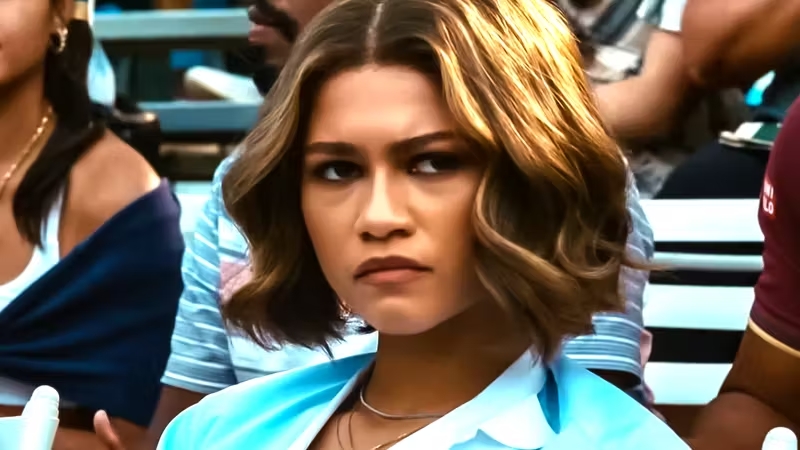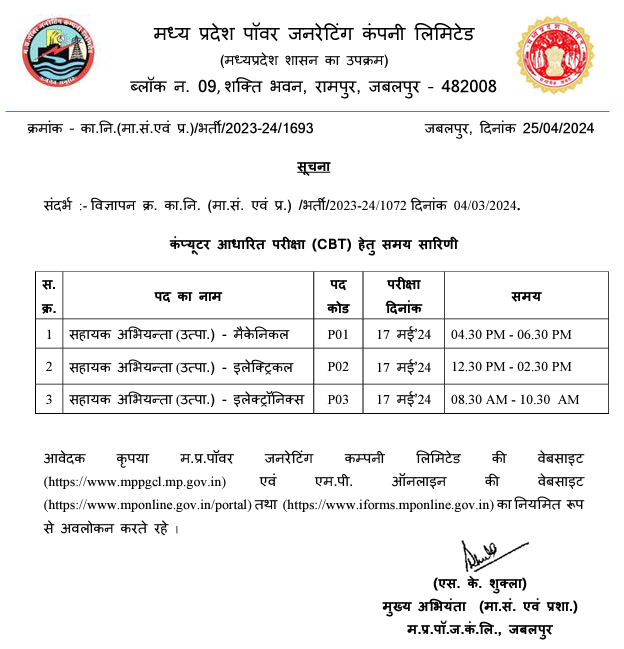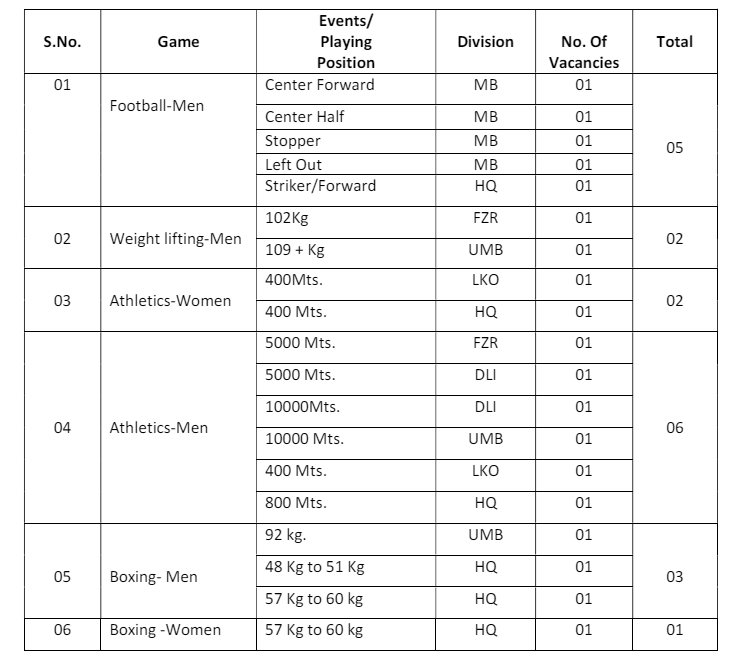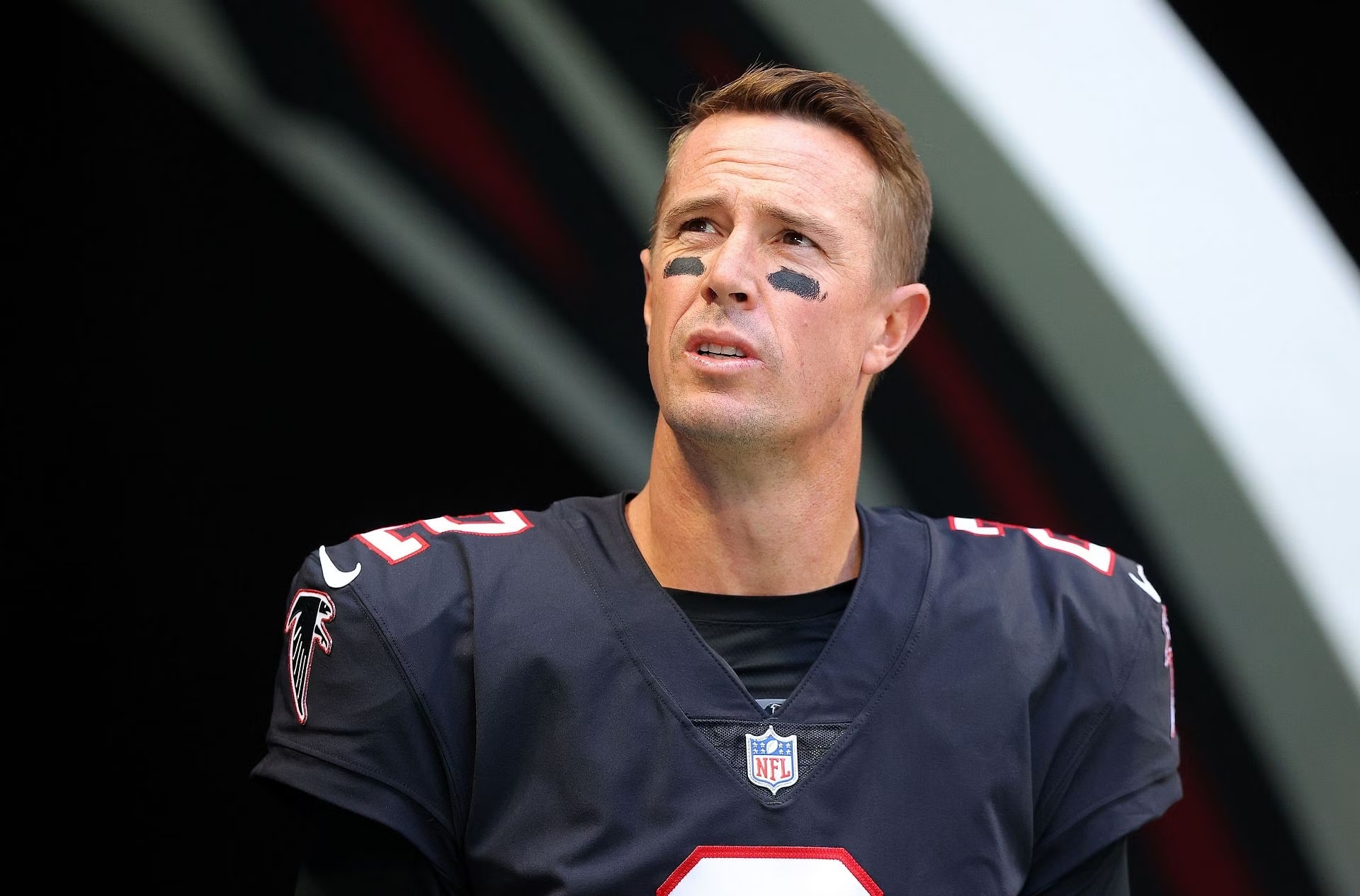General Science-Important Questions PART 2

Category –EE Online Test
Telegram-Join Us On Telegram
Attempt Free General Science-Important Questions PART 2 Here. Read The Important Electrical MCQ From Below.
(A) Ordinary water
(C) Boiled water
(Ans : B)
(A) Helium
(B) Oxygen
(C) Nitrogen
(D) Argon
(Ans : A)
General Science-Important Questions PART 2
3. The charcoal used to decolourise raw sugar is–
(A) Animal charcoal
(B) Sugar charcoal
(C) Cocoanut charcoal
(D) Wood charcoal
(Ans : D)
4. Washing soda is the common name of–
(A) Calcium Carbonate
(B) Calcium Bi-Carbonate
(C) Sodium Carbonate
(D) Sodium Bi-Carbonate
(Ans : C)
5. The filament of electric bulb is made of–
(A) Iron
(B) Nichrome
(C) Tungsten
(D) Graphite
(Ans : C)
General Science-Important Questions PART 2
6. Bleaching powder is made from–
(A) Sulphur dioxide and gypsum
(B) Chlorine and Charcoal
(C) Soda ash and lime
(D) Lime and Chlorine
(Ans : D)
7. Brass is an alloy of–
(A) Nickel and Copper
(B) Copper and Silver
(C) Nickel and Zinc
(D) Zinc and Copper
(Ans : D)
8. The element required for Solar energy conversion–
(A) Beryllium
(B) Silicon
(C) Tantalum
(D) Ultra pure carbon
(Ans : B)
9. Monazite is an ore of–
(A) Sodium
(B) Titanium
(C) Thorium
(D) Zirconium
(Ans : C)
General Science-Important Questions PART 2
10. The gas usually causing explosions in coal mines is–
(A) Hydrogen
(B) Carbon monoxide
(C) Air
(D) Methane
(Ans : D)
11. Cotton fibers are made of–
(A) cellulose
(B) starch
(C) proteins
(D) fats
(Ans : A)
12. Which of the following ores does not contain iron?
(A) Haematite
(B) Magnetite
(C) Limonite
(D) Cassiterite
(Ans : D)
General Science-Important Questions PART 2
13. Which variety of glass is heat resistant ?
(A) Hard glass
(B) Flint glass
(C) Pyrex glass
(D) Bottle glass
(Ans : C)
14. Which of the following is used for removing air bubbles from glass during its manufacture ?
(A) Fledspar
(B) Arsenic oxide
(C) Potassium Carbonate
(D) Soda Ash
(Ans : B)
15. What are soaps ?
(A) Salts of silicates
(B) Ester of heavy fatty acids
(C) Sodium or potassium salts of heavier fatty acids
(D) Mixture of glycerol and alcohol
(Ans : C)
16. In which following processes light energy is converted into chemical energy ?
(A) Respiration
(B) Fermentation
(C) Photosynthesis
(D) Photorespiration
(Ans : C)
General Science-Important Questions PART 2
17. Cooking oil can be converted into vegetables ghee by the process of–
(A) Oxidation
(B) Hydrogenation
(C) Distillation
(D) Crystallisation
(Ans : B)
18. Photosynthesis is–
(A) An exothermic process
(B) An endothermic process
(C) A neutral process
(D) A thermostatic process
(Ans : B)
19. J. B. Sumner isolated first enzyme from Jackbeans as–
(A) amylase
(B) trypsin
(C) urease
(D) renin
(Ans : C)
20. Enzymes are absent in–
(A) fungi
(B) bacteria
(C) viruses
(D) algae
(Ans : C)
General Science-Important Questions PART 2
21. The enzymes sucrase acts on–
(A) sucrose only
(B) sucrose and starch
(C) all disaccharides
(D) any organic monomer
(Ans : A)
22. C.T. Scanning uses–
(A) Ultrasound waves
(B) Gamma rays
(C) X-rays
(D) None of the above
(Ans : A)
23. Chemically ‘speropolenin’ is a / an–
(A) co-polymer of carotinoid and fatty acid
(B) Carbohydrate
(C) Propene
(D) Lactic acid
(Ans : A)
24. A mixture of salt and sand can be separated by–
(A) Sublimation
(B) Dissolving water
(C) Gravity separation
(D) Dry distillation
(Ans : B)
General Science-Important Questions PART 2
25. PVC is obtained by the polymerisation of–
(A) propane
(B) vinyl chloride
(C) styrene
(D) Acetylene
(Ans : B)
1. The most abundant metal in the earth’s crust is–
(A) Zinc
(B) Copper
(C) Aluminium
(D) Iron
(Ans : C)
General Science-Important Questions PART 2
2. The gas used to extinguish fire is–
(A) Neon
(B) Nitrogen
(C) Carbon dioxide
(D) Carbon Monoxide
(Ans : C)
3. In which of the following activities Silicon Carbide is used ?
(A) Making cement and glass
(B) Disinfecting water and ponds
(C) Making castes for statues
(D) Cutting very hard substances
(Ans : D)
General Science-Important Questions PART 2
4. The two elements that are frequently used for making transistors are–
(A) Boron and Aluminium
(B) Silicon and Germenium
(C) Iridium and Tungsten
(D) Niobium and Columbium
(Ans : B)
5. Which of the following gas is not known as green house gas ?
(A) Methane
(B) Carbon dioxide
(C) Nitrous oxide
(D) CFC
(Ans : C)
6. Which of the following is not a neutral oxide ?
(A) Carbon Monoxide
(B) Sulphur Dioxide
(C) Water
(D) Nitric Oxide
(Ans : B)
7. Potassium Permanganate is used for purifying drinking water, because–
(A) It dissolves the impurities of water
(B) It is a sterilizing agent
(C) It is an oxidising agent
(D) It is a reducing agent.
(Ans : C)
General Science-Important Questions PART 2
8. The presence of which of the following salts in water causes corrosion in steam boilers ?
(A) Sodium Chloride
(B) Magnesium Chloride
(C) Calcium bicarbonate
(D) Potassium bicarbonate
(Ans : B)
9. Water is a good solvent of ionic salts because–
(A) It has no colour
(B) It has a boiling point
(C) It has a high dipole moment
(D) It has a high specific heat
(Ans : C)
10. Nuclear fission is caused by the impact of–
(A) Proton
(B) Electron
(C) Neutron
(D) (A) and (b)
(Ans : C)
11. Which is a good nuclear fuel ?
(A) Uranium – 238
(B) Neptunium – 239
(C) Thorium – 236
(D) Plutonium – 236
(Ans : C)
General Science-Important Questions PART 2
12. Long distance photography is facilitated by–
(A) Visible light
(B) X-rays
(C) Infra Red rays
(D) Ultra violet rays
(Ans : C)
13. Which of the following is used in making artificial sweetener saccharine ?
(A) Benzene
(B) Toluene
(C) Phenol
(D) Aniline
(Ans : B)
14. Rayon is chemically–
(A) Glucose
(B) Amylase
(C) Cellulose
(D) Peptin
(Ans : C)
15. Which of following is used as a filter in rubber tyres?
(A) Graphite
(B) Coal
(C) Coke
(D) Carbon Black
(Ans : D)
16. Which of the following substances exhibit the property of sublimation ?
(A) Ice
(B) Wax
(C) Camphor
(D) Ethyl Alcohol
(Ans : C)
General Science-Important Questions PART 2
17. Combustion is the process in which–
(A) Heat is produced
(B) Light is produced
(C) Heat and Light is produced
(D) None of these
(Ans : C)
18. The chemical used as a fixer in photography is–
(A) Borax
(B) Sodium thiosulphate
(C) Sodium Sulphate
(D) Ammonium persulphate
(Ans : B)
19. Vitamins are–
(A) inorganic substances which cannot be synthesized by animals
(B) inorganic by animals
(C) organic substances that cannot be generally synthesized by animals
(D) organic substances which can be commonly synthesized by animals
(Ans : C)
20. Richest source of vitamin B1 (thiamine) is–
(A) cod liver oil
(B) curd
(C) whole bread meal
(D) eggs
(Ans : C)
21. One of these vitamins is called erythrocyte maturation factor–
(A) A
(B) C
(C) K
(D) B12
(Ans : D)
General Science-Important Questions PART 2
22. Saponification involves the hydrolysis of fats and oils by–
(A) water
(B) washing soda
(C) stearic acid
(D) caustic soda
(Ans : D)
23. Photo-synthesis is a/ an–
(A) exothermic process
(B) endothermic process
(C) a neutral process
(D) a thermostatic process
(Ans : B)
24. Which of the following is a physical change ?
(A) oxidation
(B) reduction
(C) sublimation
(D) decomposition
(Ans : C)
25. The process by which an organic compound breaks down into simpler compounds
on heating to high temperature is known as–
(A) Aromatisation
(B) Polymerisation
(C) Pyrolysis
(D) Reduction
(Ans : C)
General Science-Important Questions PART 2














